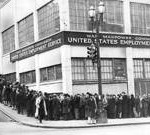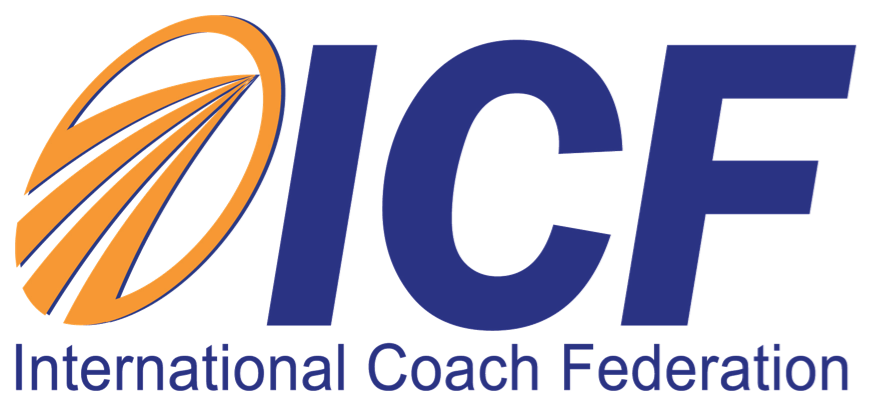 In a marketplace of seemingly abundant talent, why is there not much hiring happening?
In a marketplace of seemingly abundant talent, why is there not much hiring happening?
In an uncertain economy, passive candidates who are either employed and looking just to look, or are available yet unenthusiastic in obtaining the training, education, or experiences necessary for the right fit may provide a “false positive” when assessing the availability of talent in the job market.
Whether economic conditions improve or not, having a blueprint for growth, means thinking differently about talent. Both the recruiting organizations as well as the candidates need to reframe and expand their thinking, in regards to local and global talent needs, in order to be able to play their part in driving sustainable competitive advantage.
Here are 4 talent myths to be aware of:
1. There is an abundance of people with the exact skill set required for every position. False
It is a fact that the number of people out of work is at a historic low. However, there are industries that were hit harder than others such as construction, manufacturing, retail, real estate and automobile. Hiring in such industries has dropped the lowest and many of the lost jobs are unlikely to return. The skill set from this population may not necessarily mean a larger talent pool for available positions in other industries. According to recent surveys, the top five positions employers are globally having the most trouble with filling are: manual trade positions, sales reps, and production/operation/ engineering/ maintenance technicians. This fundamental fact, coupled with the exiting baby boomer population which is predicted to lead to a 10-15 million people shortage in the coming decade equals a talent pool that does not possess the same knowledge and skill set as those needed within the open positions.
What does this mean? Individuals and organizations equally need to invest in training and developing knowledge, skills and abilities for today’s jobs, not what used to be. Even those employed today, should actively train and educate for the unknown future. “Average performers” certainly won’t have the edge in this market place.
2. There are open positions everywhere. False
Certain industries have lower turnover rates. So these industries have not been very much affected by the economic downturn. Therefore, whether an organization or employees from these particular industries, chances are, one or both of you are not looking to hire, or to be hired.On the other hand, from a geo
graphical perspective, the type of skills available in certain regions or locations may not necessarily be a good match for the companies in that region. For example, a marine biologist may do very well searching for a position in the Florid Keys, but not so much in Omaha.
What does this mean? Availability of jobs, but a gap in skill set and talent requirements.
3. Because there is high unemployment, employers can afford to be picky. False.
Employers may be set on only hiring candidates whose background and capabilities are an exact match, however, the pursuit of perfection is likely to paralyze recruiting efforts. Employers are better advised to look at the talent that is available and identify comparable skills that will meet the needs of the business in a more wider angle.
What does this mean? More and more organizations are realizing that it’s not just the skills on a resume that define an ideal candidate, but rather their “soft skills”. Evaluating cultural and value fit are what will produce more bottom-line results in the long run, through reduced turnover and commitment.
4.Tapping in to o a diverse workforce, is synonymous with Affirmative Action or minority hires. False.
It takes time to develop a heterogeneous workforce. This type of talent pool needs to exist for the organizations to tap in to.
What does this mean? Certain fields and industries that are dominated by a narrow demographics would benefit from encouraging applicants from other groups to apply. Furthermore, current employees need to play an active role in the education, growth and development of their skills while employed. Hence foreseeing needs, rather than reacting to a deficit.
In summary, especially in the face of the global recession, we can implement strategies to optimize the talent that is available. Rather than having a pessimistic view on the unemployment challenge, we can harness the talent that is available and develop a pool of “turn-key” talent that meets our business requirements today and in the future. This means a joint venture for both sides of the candidate and employer equation.





